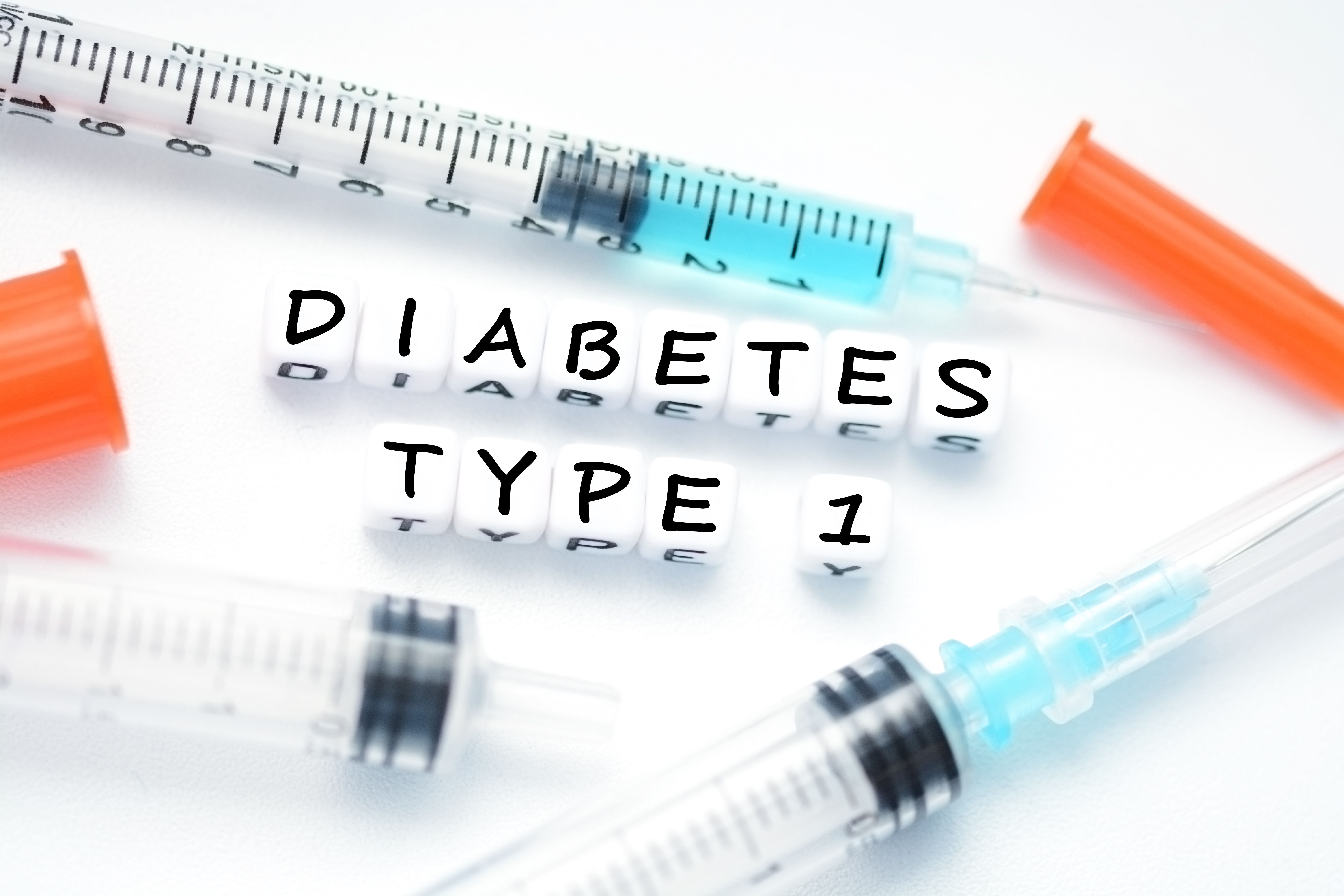Article highlights
- FDA approval for Teplizumab in delaying onset of type 1 diabetes
- Clinical trial results for Teplizumab in newly diagnosed T1D patients
- Primary outcome: Change in β-cell function measured by stimulated C-peptide levels
- Key secondary outcomes: Insulin doses, time in target glucose range, glycated hemoglobin levels, hypoglycemic events
- Teplizumab's significant improvement in C-peptide levels at week 78 for stage 3 T1D patients within 6 weeks of diagnosis
Teplizumab (Tzield; Provention Bio) is approved by the FDA to delay the onset of type 1 diabetes (T1D) (stage 3) for adolescents aged 8 years and up with preclinical disease (stage 2). Authors of a study recently published in the New England Journal of Medicine sought to determine the effectiveness of intravenous teplizumab in individuals with newly diagnosed T1D, and if it can prevent disease progression.
Teplizumab was evaluated for clinical end points and for safety in children and adolescents who were assigned the drug or placebo for a pair of 12-day courses, in a randomized, placebo-controlled, phase 3 trial (NCT03875729).
According to the study, the primary outcome was change in β-cell function from baseline to week 78. The change was measured by stimulated C-peptide levels at week 78. C-peptide levels were determined via the area under the concentration-time curve (AUC) during a 4-hour mixed meal tolerance test. Insulin doses required to meet glycemic goals, time in the target glucose range, glycated hemoglobin levels, and clinically important hypoglycemic events were key secondary outcomes.
Individuals were male and female patients aged 8 to 17 years with stage 3 T1D that had been diagnosed within 6 weeks before randomization in the trial. At least 1 autoantibody associated with T1D and a peak stimulated C-peptide level of 0.2 pmol per milliliter or greater were required for eligibility. Major systemic illnesses, history of chronic infection, and active infection were exclusion criteria.
Teplizumab patients received the drug in 2, 12-day courses at 26 weeks apart, administered in an outpatient or inpatient setting “by means of a daily intravenous infusion, “(106 μg per square meter of body surface area on day 1, 425 μg per square meter on day 2, and 850 μg per square meter on days 3 through 12) for a total cumulative dose of 9 mg per square meter,” according to the study authors. Placebo was administered intravenously in matching volumes at the same schedule.
In all, 328 children and adolescents were enrolled in the trial that saw 217 individuals receive teplizumab and 111 receive placebo. Thirty-two patients withdrew from the trial (22 in the teplizumab group). An additional 45 patients suspended treatment but continued follow-up.
A significant difference from placebo at week 78 in the mean change from baseline in C-peptide levels were observed in the intention-to-treat population (least-squares mean difference, 0.13 pmol per milliliter; 95% confidence interval [CI], 0.09 to 0.17 [P < 0.001]), representing a 59.3% difference between the study drug and placebo, favoring teplizumab. Of those treated with teplizumab, 94.9% (95% CI, 89.5-97.6) had a clinically meaningful peak C-peptide level of 0.2 pmol per milliliter or greater at week 78 vs 79.2% of placebo patients (95% CI, 67.7-87.4).
Key secondary outcomes were not met with significant differences between teplizumab and placebo. Mean glycated hemoglobin level was “rapidly” controlled in both groups and did not differ between the groups through week 78. Difference in percentage time in target glucose range was 4.71 percentage points between teplizumab and placebo (95% CI, –1.72 to 11.15).
The estimated mean daily insulin dose was 0.46 unites per kilogram per day for teplizumab patients and 0.59 units per kilogram per day in placebo patients at week 78 (95% CI, –0.28 to 0.02). At all time points after week 12, the mean insulin dose was lower in the teplizumab group compared to placebo, and the use of insulin pumps increased in both treatment groups amid the trial.
Compared to placebo, teplizumab significantly improved stimulated C-peptide levels at week 78 for patients with stage 3 T1D that enrolled within 6 weeks of diagnosis, the authors concluded. No significant differences between the groups were noticed for insulin dose, change in glycated hemoglobin, percentage of time in the target glucose range, and clinically important hypoglycemic events.
Reference:
Teplizumab and β-cell function in newly diagnosed type 1 diabetes. The New England Journal of Medicine. October 18, 2023. Accessed October 18, 2023. https://www.nejm.org/doi/pdf/10.1056/NEJMoa2308743
